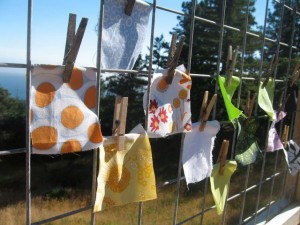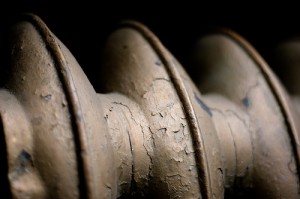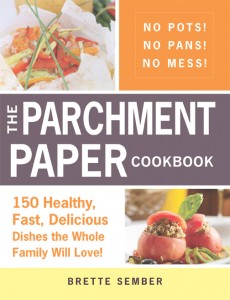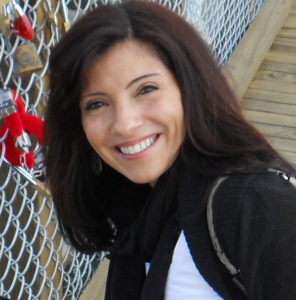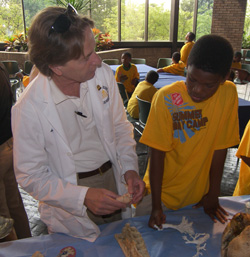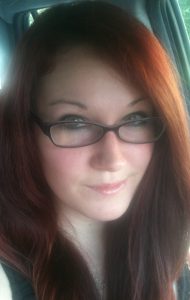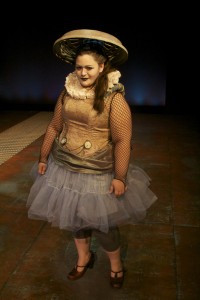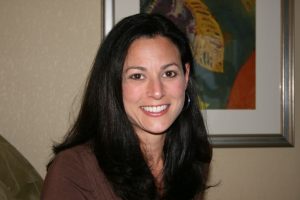I have a confession to make: I’m so fascinated by the law enforcement agents who profile criminals. Criminal Minds,Silence of the Lambs, Se7en–I could watch them over and over again. And so I am so pleased to have a real, live FBI profiler here at Math for Grownups today. In her book,Dangerous Instincts: How Fear Can Betray Us, Mary Ellen O’Toole, PhD, puts these experiences to work everyday life. And today, she reveals how she uses math in her work.
Can you explain what you do for a living?
For half of my career, I worked in Quantico, at the FBI’s Behavioral Analysis Unit, the very unit that is the focus of the television show Criminal Minds. While there I tracked down, studied, and interviewed some of the world’s most infamous criminals, and I analyzed their crime scenes, too. These criminals included Gary Ridgeway (the Green River Killer), Ted Kaczynski (the Unabomber) and Derrick Todd Lee (the serial killer of Baton Rouge.) I worked everything from white-collar crime to work place and school violence to kidnappings to serial murder.
Since my retirement in 2009, I’ve worked as a consultant to law enforcement, corporate security, administrators, and many other professionals. I also teach at the Smithsonian, FBI Academy and many other locations.
When do you use basic math in your job?
As I and other profilers worked to solve a crime, we used every type of math from basic addition to geometry and pattern analysis to statistics and probability to reasoning and logic.
For instance, if I were working a serial murder case, I might study the age of the victims and the period of time that the crimes occurred to make a prediction about the killer’s age. Or my colleagues and I might place pins in a map to mark where all of the victims were last seen and where all of the bodies were found. We might use several different colored pins to then mark all of our suspects, tracing their movements and seeing what overlaps and what doesn’t. By doing this, we could sometimes narrow our suspect pool to just one or two people, as they were the only ones who could have been in all of the right places at the right times. We might also look at the map for patterns. These patterns might tell us where an offender is likely to leave his next victim or commit his next crime.
Did you have to learn new skills in order to do this math? Or was it something that you could pick up using the skills you learned in school?
I learned all of the basic math I needed to do my job while in school, but profiling itself requires a lot of analytical thinking, especially reasoning and logic. You get better at both of those over time and with experience.
Math tends to have absolute answers. It’s usually more of a black and white field. It’s about finding the one number or answer. Profiling, on the hand, requires you to live in the gray area of human behavior. This can be difficult for people who prefer to have things more absolute. For instance, people like to mentally sort humans into neat little cells much like math cells. They want to think of one person as a psychopath, another as “crazy” and someone else as “kind.” But humans cannot be sorted into neat little cells.
When you are talking about psychopaths—people who lack a conscience—people think you either are one or you aren’t. But this isn’t true. There are 20 traits and characteristics of psychopathy. Some people have a few of the traits, but not others. Other people have all of the traits, and they would be considered psychopaths. Still other people have most of the traits, but not a heavy dose of each one. Psychopathy is dimensional, like blood pressure. All of us have blood pressure, when it gets high, you are diagnosed with “high blood pressure”. Blood pressure is not a taxon – something you either have or you don’t. The same is true of psychopathy.
Do you use any technology to help with this math?
We used computers, smart phones and the Internet just like everyone else and we also used a number of databases. For instance the Violent Criminal Apprehension Program (ViCAP) is a database that contains information on homicides in the US. When we are working a single or serial murder case we’ll use this database to see if other solved or unsolved homicides around the country might be similar. We input extensive details for points of comparison and the data base crunches the data for us. This helps law enforcement to become aware of serial criminals sooner—especially when they commit their homicides in multiple states.
The FBI’s National Crime Information Center (NCIC) is another database that contains crime data. It houses more than 15 million records about stolen items, license plates, registered sex offenders, known fugitives and much more. When a police officer stops you on the side of the road, he runs your plate and license in this database and can find out quickly whether you are a wanted person, in violation of the immigration laws, a suspected terrorist and much more.
How do you think math helps you do your job better?
The ability to analyze and use logic is key for a profiler. Without it, the job just can’t be done.
How comfortable with math do you feel?
I feel comfortable with the math I know and need to do my job. My job did not require advanced algebra or differential equations. It required logic and reasoning and both were applied to real life—real crimes and real people. That breathed a lot of life into math for me and made it exciting.
What kind of math did you take in high school? Did you like it/feel like you were good at it?
When I was in high school, I was good at statistics, but not so good with algebra. I liked the application of math and the problem solving part of it. Solving a math problem is a lot like solving a crime. I went to Catholic schools when I was growing up, and the nuns there were really big on teaching us to think analytically. That helped me tremendously in my career.
I’m almost afraid to offer this, but if you have questions for Mary Ellen, post them in the comments section. I’ll see if she can answer them for you. I know I’m still curious about her work!


